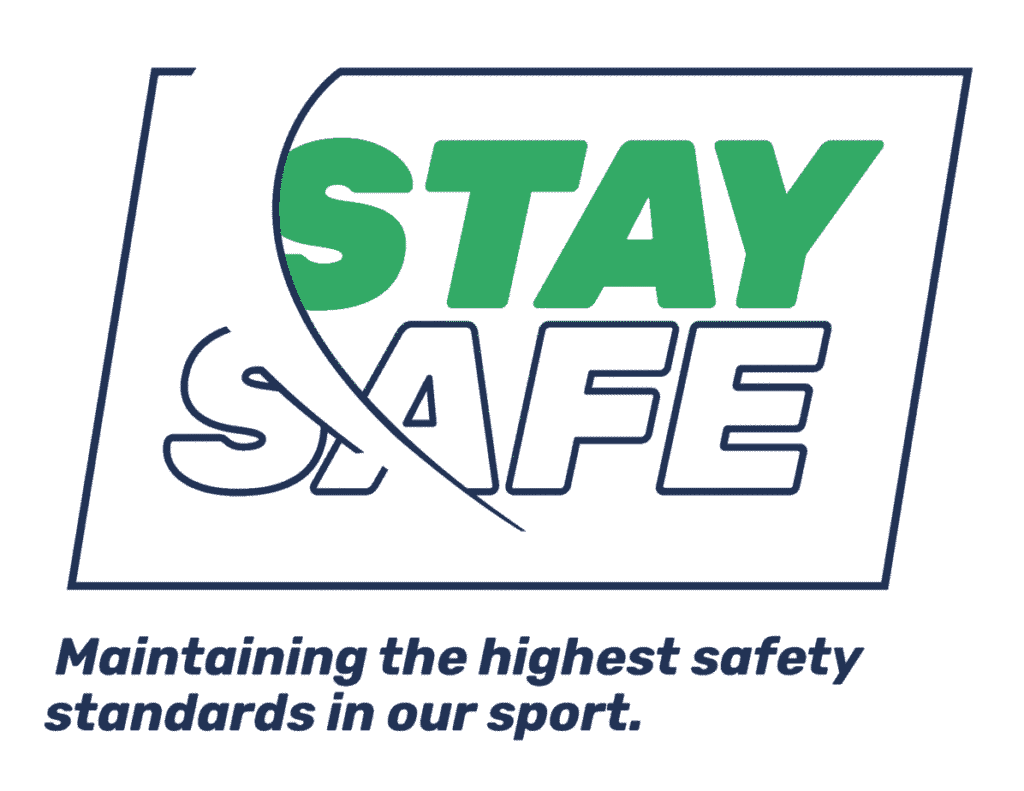Skydiving is one of today’s most exciting sports. Dynamic and colourful, it offers mastery of the air and the freedom to make the skies your own! Enjoyment, exhilaration and limitless challenge are available even to the absolute beginner. And at its highest level, skydiving is an intensely competitive sport which requires finely tuned skills, intimate knowledge of the air and perfect body control.
More people than ever are discovering for themselves the pure joy that freedom of the skies can bring. The majority of skydiving is done as fun jumping. It offers not only the enjoyment of the jumps but great opportunities to meet with friends and enjoy a wide range of social activities.
As their experience grows, many skydivers take part in boogies (fun-jumping events) and there is also a vibrant competitions scene. British Skydiving offers a programme of skills coaching roadshows to help non-seniors improve their skills. There’s something for everyone in the skydiving, some skydivers even choose to join display teams, entertaining crowds by jumping into fetes, fairs and shows.
Whichever method you choose for your first skydive, there is an organised structure for you to learn about the sport and advance at a safe pace. You will be assessed by British Skydiving instructors, they will progress you to the next stage when you are ready. The two systems are identical, only your equipment differs.
Your first freefall in AFF is on your very first jump and with Static Line can be as early as your sixth jump. Whilst training you will start to learn body flying skills such as turns and forward movement and you can qualify as a fully-fledged skydiver in around 18 jumps. One you have your British Skydiving A-Licence all the different avenues of the sport are open for you to work towards!
To skydive, a person must be aged at least 16 years. People aged under 18 must have their parent’s or guardian’s written permission.
Analysis of statistics compiled over many years indicates that incident rates tend to increase as student jumpers get older. This may be due to slowing reaction times and sometimes less acute senses as the years go by. Risk assessment suggests the tipping point to be when a person reaches their mid-fifties. On this basis, to avoid increased risk, the maximum age at which even a hale, hearty and healthy person can be admitted to start training under British Skydiving rules for solo parachute jumping is before they reach their 55th birthday, although some Affiliated Parachute Training Organisations (PTO) may set a lower age limit than this based on their own risk assessments. This restriction does not apply to tandem students, where the descent is in harness with a qualified instructor – although health requirements continue to apply.
Weight limits apply to parachute descents for safety reasons. Each Affiliated Parachute Training Organisation will have its own weight limits derived from risk assessments of factors including the type of jump, the equipment used, and the gender of the jumper (statistics show different rates of injury for men and women, which may be to do with body shape and weight distribution).
Maximum weights are typically around 15 stone, but a few centres may sometimes be able to take jumpers weighing slightly more than this. British Skydiving does not maintain a list of current weight limits by each Affiliated PTO, so please contact PTOs direct.
Health restrictions also apply. Further information is set out on the ‘Declaration of fitness to parachute’ form. Click on link for Form 252 Asthma and skydiving.
